Five Must-Try DIY Wall Tapestry Ideas for Quirky Decor
Are you tired of the same old wall art that just doesn’t speak to your unique style? If so, you're in luck! In this article, we’re diving into the world of DIY wall tapestries that can transform your living space into a cozy, eclectic haven. Tapestries are not just for the medieval castles anymore; they are a fantastic way to express your personality and creativity. Whether you’re a seasoned crafter or a newbie looking to dabble in some artsy projects, these five must-try DIY wall tapestry ideas are sure to add a quirky touch to your home decor. Let's get those creative juices flowing and explore the endless possibilities!
First up, we have the ever-popular macramé wall tapestry. This trendy choice is all about adding texture and warmth to your space. With just a few basic knots and some cord, you can create a stunning piece that not only serves as art but also as a conversation starter. Imagine walking into a room and having your guests immediately drawn to your intricate macramé work! You don’t need to be a pro; start with simple patterns and gradually challenge yourself with more complex designs. Plus, the satisfaction of creating something from scratch is unbeatable!
If you love mixing and matching, a fabric collage tapestry is your perfect match. This idea allows you to combine various textiles, colors, and patterns into one vibrant piece of wall art. To get started, think about the fabrics you already have at home. Old clothes, leftover fabric from past projects, or even thrift store finds can all come together to make something beautiful. The key is to choose fabrics that resonate with your style and to arrange them in a way that feels balanced and harmonious.
Selecting the right fabrics is crucial for a stunning collage. You want to ensure that the textures and colors complement each other. Here are some tips to consider:
- Mix Textures: Combine smooth fabrics with rougher ones to create visual interest.
- Color Palette: Stick to a color palette that reflects your mood or the vibe of the room.
- Patterns and Solids: Balance bold prints with solid colors to avoid overwhelming the viewer.
Understanding color theory can enhance your tapestry's appeal. Learn how to use complementary colors to create visual interest and harmony in your design. For instance, pairing a deep blue with a warm orange can create a striking contrast that draws the eye. Use a color wheel as your guide, and don’t be afraid to experiment!
Incorporating various textures and patterns can add depth to your tapestry. Think of it like cooking; just as you wouldn’t want a dish to be all one flavor, your tapestry should have a variety of elements to keep it engaging. Balance bold prints with subtle fabrics for an engaging look that tells a story.
Arranging your fabric pieces is key to creating an eye-catching tapestry. Get tips on layout techniques and how to secure your fabrics for a polished finish. You might want to lay everything out on the floor first to see how it looks before committing to the wall. Use fabric glue or a sewing machine to secure your pieces together, and don’t forget to frame it or hang it with a dowel for that finished touch!
Bringing nature indoors through tapestry can create a serene ambiance. Think about incorporating natural elements like leaves, flowers, and even pressed plants into your designs. This not only adds a unique touch but also connects your indoor space to the outdoors. You could even create a tapestry that tells a story of your favorite hike or a memorable picnic!
Natural dyes can give your tapestry a unique and organic look. Learn about various plants and techniques to create beautiful, eco-friendly colors for your fabric. For instance, avocado pits can yield a lovely blush color, while turmeric can give you a vibrant yellow. Not only is this method sustainable, but it also adds a personal touch to your tapestry.
Incorporating natural textures like wood or jute can enhance your tapestry's aesthetic. Consider using twigs, branches, or even driftwood as part of your tapestry frame. Discover creative ways to blend these elements into your design for added interest, making your tapestry not just art, but a piece of nature.
Creating a painted canvas tapestry allows for endless creativity. With just a canvas and some paints, you can express anything from abstract designs to detailed illustrations. The beauty of painting your own tapestry is that you have complete control over the design. Imagine the thrill of seeing your ideas come to life on a large scale!
Selecting the right type of paint is essential for durability and vibrancy. Explore the differences between fabric paints and acrylics to find the best option for your project. Fabric paints are great for flexibility, while acrylics offer a more opaque finish. Whichever you choose, make sure it aligns with your vision for the tapestry.
Get inspired with various design ideas for your painted tapestry. From geometric shapes to floral patterns, the options are limitless. You could even create a mural-like piece that represents a favorite memory or dream destination. Let your imagination run wild!
Upcycling materials for tapestry projects is a sustainable and creative approach. Learn how to transform old textiles and items into beautiful wall hangings that tell a story. Not only does this method reduce waste, but it also allows you to create something truly one-of-a-kind!
Finding materials for your upcycled tapestry can be fun and rewarding. Discover tips on where to look for fabric scraps, old clothes, and other items to repurpose. Thrift stores, garage sales, and even your own closet can be treasure troves of inspiration!
Explore various techniques for upcycling materials into a cohesive tapestry. From sewing to weaving, learn how to combine different elements into a stunning piece of art. The beauty of upcycling is that each piece carries its own story, making your tapestry not just decor, but a conversation starter.
Q1: What materials do I need to start making a macramé tapestry?
A1: To make a macramé tapestry, you'll need macramé cord, scissors, a wooden dowel or branch for hanging, and a pattern or design to follow.
Q2: Can I use any fabric for a fabric collage tapestry?
A2: Yes! You can use a variety of fabrics, including cotton, linen, and even old clothing. Just ensure the fabrics complement each other.
Q3: How do I preserve the colors in a painted tapestry?
A3: To preserve the colors, use fabric paints that are specifically designed for durability. Additionally, avoid direct sunlight to prevent fading.
Q4: What are some eco-friendly options for natural dyes?
A4: Some great options include avocado pits, turmeric, beet juice, and onion skins. These natural dyes can create beautiful, vibrant colors.
Q5: Is it difficult to upcycle materials for a tapestry?
A5: Not at all! Upcycling can be a fun and creative process. Just start with simple techniques and let your creativity guide you.
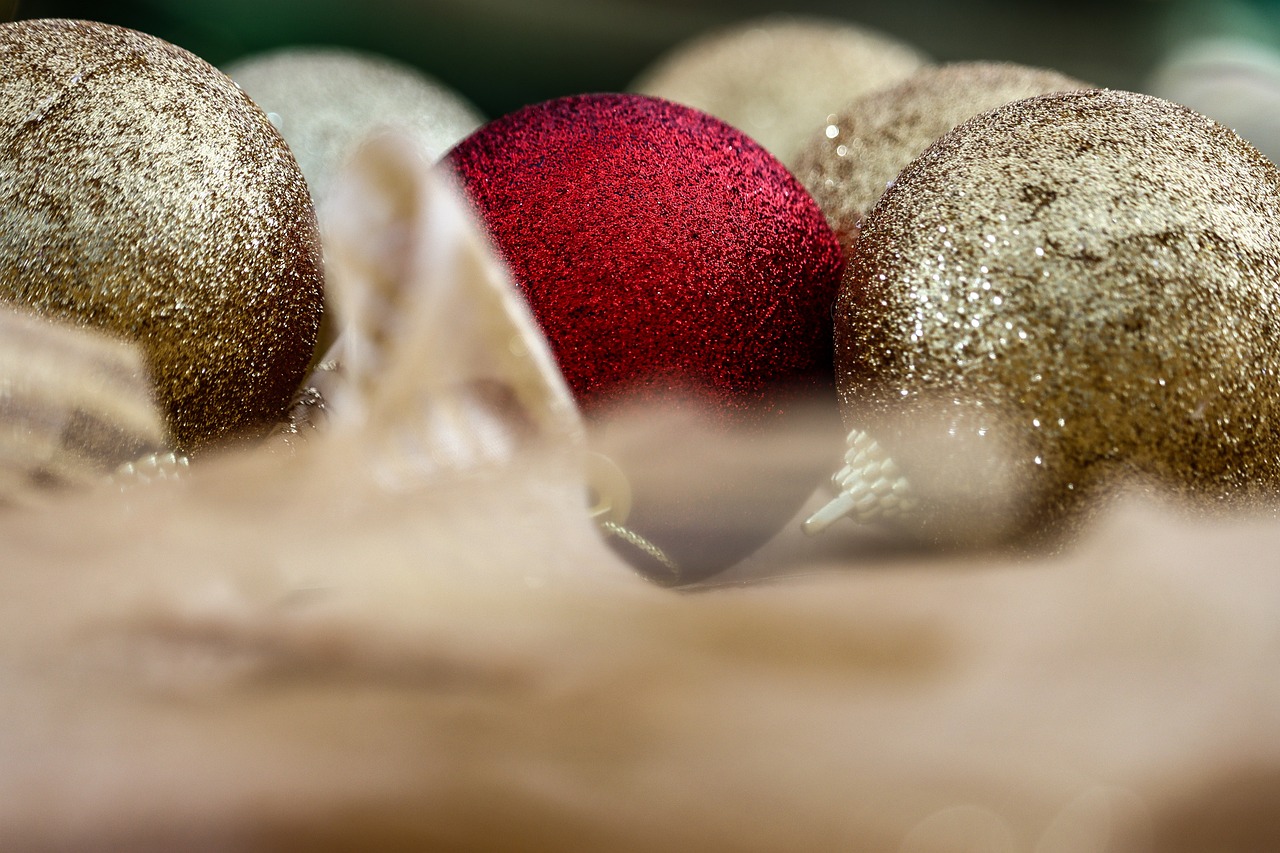
1. Macramé Wall Tapestry
Macramé wall tapestries have made a huge comeback in recent years, and it's no wonder why! These stunning pieces not only add a touch of bohemian charm to your space but also infuse it with a sense of warmth and texture. Imagine walking into your living room and being greeted by a beautiful, hand-knotted tapestry that instantly draws the eye and sparks conversation. Sounds appealing, right?
Creating your own macramé tapestry can be a rewarding experience. It’s like painting with knots! If you’re new to macramé, you might be wondering where to start. First off, familiarize yourself with some basic knots, such as the square knot, half hitch, and lark's head knot. These foundational techniques will be your building blocks as you embark on your tapestry-making journey.
To get started, you will need a few essential materials:
- Macramé cord: Choose a thickness that suits your style; thicker cords create a bolder look, while thinner cords offer a delicate touch.
- A wooden dowel or branch: This will serve as the hanging rod for your tapestry.
- Scissors: For trimming your cords and achieving that perfect finish.
- Measuring tape: To ensure your cords are cut to the right length.
Once you have your materials ready, it’s time to unleash your creativity! Start by measuring and cutting your cords to the desired length. A good rule of thumb is to cut each cord three times the length of your desired tapestry. This allows for the knots and any desired fringe at the bottom. Next, secure your cords to the dowel using the lark's head knot. From there, let your imagination run wild! You can create various patterns and designs by combining different knots.
As you work on your tapestry, remember that it’s all about personal expression. Feel free to experiment with different colors, textures, and lengths of cord. You might even consider incorporating beads or other embellishments for an extra pop of personality. The beauty of macramé is that there are no strict rules—just go with what feels right to you!
Once you’ve completed your tapestry, hang it on your wall and admire your handiwork. Not only will it serve as a stunning focal point in your room, but it will also be a testament to your creativity and skill. Plus, every time you look at it, you’ll remember the joy of making something with your own hands.
In summary, macramé wall tapestries are a fantastic way to add a unique touch to your home decor. With just a few basic knots and a bit of creativity, you can craft a piece that reflects your personal style and enhances your living space. So why not give it a try? You might just discover a new passion!
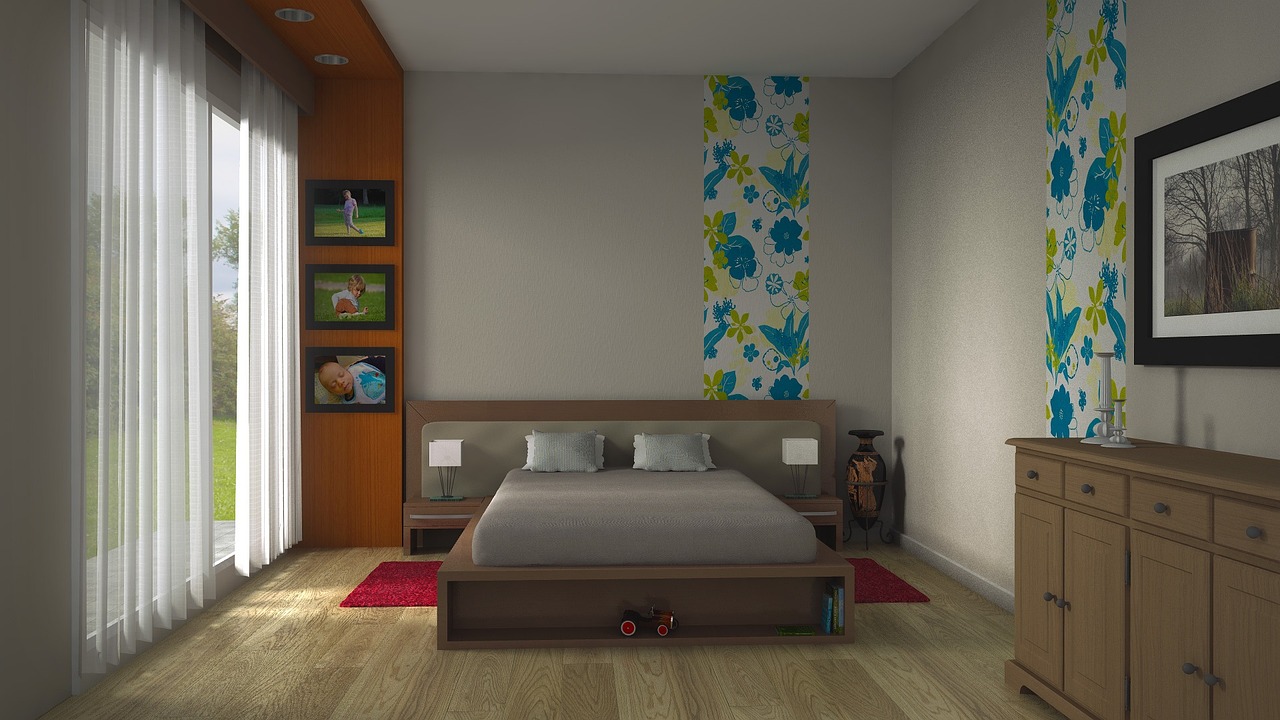
2. Fabric Collage Tapestry
Creating a fabric collage tapestry is not just a project; it’s an adventure in self-expression! Imagine taking a variety of textiles—each with its own story—and weaving them together to form a stunning visual narrative on your wall. This DIY project allows you to mix and match colors, patterns, and textures, resulting in a vibrant piece of art that truly reflects your personality. Not only does it add a quirky touch to your decor, but it also gives you the freedom to experiment with different fabric combinations, making it a uniquely personal creation.
When diving into the world of fabric collage, the first step is to select your fabrics. Think about the themes or colors that resonate with you. You might want to explore a color palette that complements your existing decor or perhaps something entirely bold and unexpected. The beauty of a fabric collage is in its eclectic nature; it’s all about what speaks to you. You can incorporate everything from cotton and linen to silk and burlap, creating a rich tapestry of textures.
Choosing the right fabrics is crucial for a stunning collage. You want to ensure that the textures and colors work harmoniously together. Imagine walking into a room where a tapestry catches your eye, not just because of its colors but also due to the interplay of textures. Here are some tips to help guide your fabric selection:
- Mix Textures: Combine soft fabrics like velvet with rougher textures like canvas for a dynamic contrast.
- Color Harmony: Use a color wheel to find complementary colors that will enhance your design.
- Pattern Balance: Balance bold prints with solid colors to avoid overwhelming the eye.
Understanding color theory can significantly enhance your tapestry's appeal. When selecting fabrics, consider how colors interact. For instance, pairing warm colors like reds and oranges with cool tones like blues and greens can create a visually striking effect. This principle can add depth and interest to your collage, making it more than just a collection of fabrics but a cohesive piece of art. Think of your tapestry as a painting where every fabric is a brushstroke contributing to the overall masterpiece.
Incorporating various textures and patterns can add depth to your tapestry. Imagine a wall hanging that features a smooth satin next to a rough burlap; the contrast draws the eye and invites touch. When selecting patterns, consider how they will interact with each other. A bold floral print can be beautifully offset by a subtle polka dot or a solid color. The key is to create a balance that feels intentional rather than chaotic.
Once you have your fabrics selected, the next exciting step is arranging your collage. This is where your creativity truly shines! Start by laying out your fabrics on a flat surface. Play around with different combinations and placements until something feels right. Don’t be afraid to experiment; sometimes, the most unexpected arrangements yield the best results. Once you’re satisfied with your layout, secure your fabrics using fabric glue or by sewing them together. Remember, the goal is to create a polished finish that looks intentional and thoughtfully designed.
In conclusion, a fabric collage tapestry is a fantastic way to showcase your creativity while adding a unique touch to your home decor. With the right fabrics, an understanding of color theory, and a playful approach to arrangement, you can create a stunning piece that reflects your personal style and becomes a conversation starter in your home.
Q1: What types of fabrics work best for a collage tapestry?
A1: It's best to use a mix of textures and weights. Cotton, linen, burlap, and silk are great options. Just ensure they can be easily secured together.
Q2: How do I secure the fabrics in the collage?
A2: You can use fabric glue, sew them together, or even use a staple gun for heavier materials. Just ensure the method you choose provides a sturdy hold.
Q3: Can I wash my fabric collage tapestry?
A3: It depends on the materials used and how they were secured. If you used fabric glue, it may not hold up well in the wash. Spot cleaning is usually the safest option.
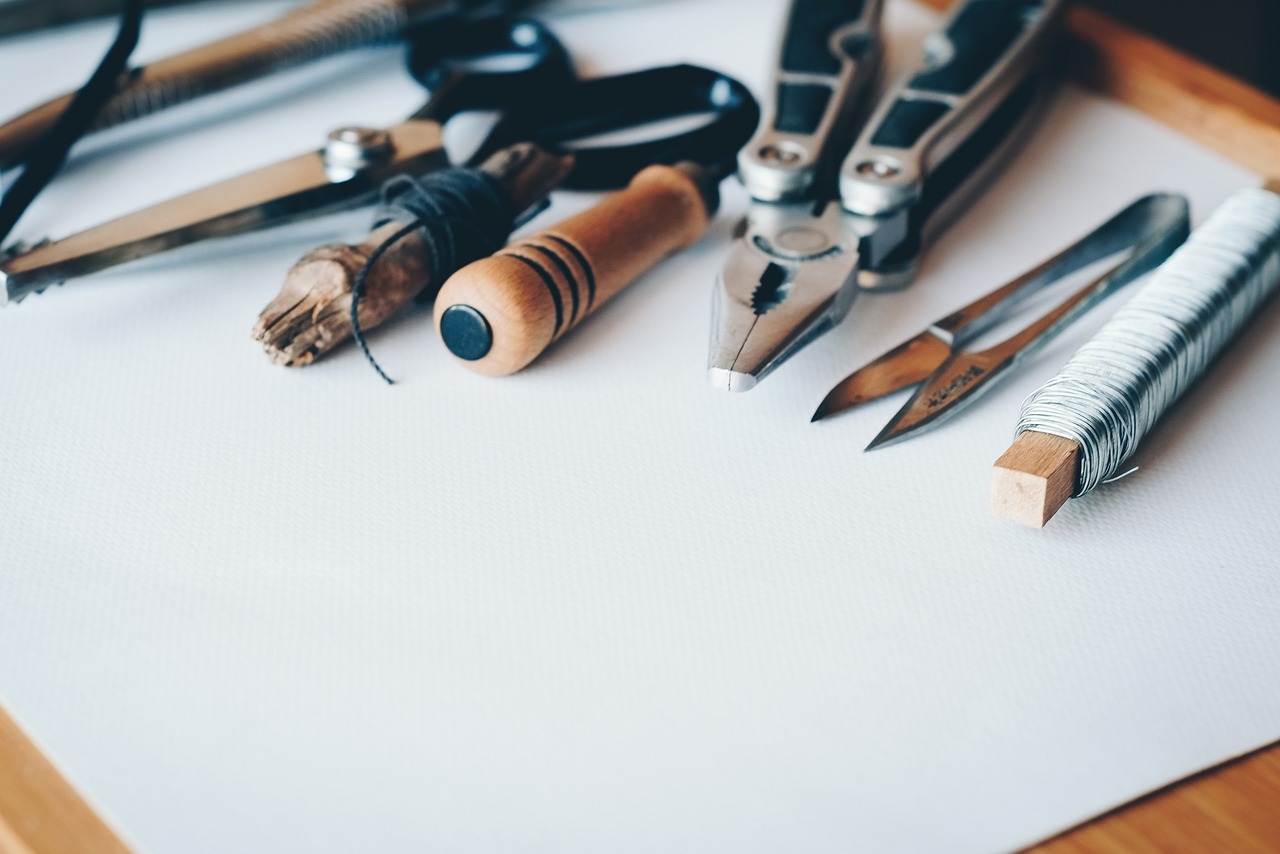
2.1 Choosing the Right Fabrics
When it comes to crafting a stunning fabric collage tapestry, the selection of fabrics plays a pivotal role. It's like choosing the right ingredients for a gourmet dish; the quality and variety can make all the difference. To create a tapestry that truly stands out, you should consider a few essential factors that will elevate your design from ordinary to extraordinary.
First and foremost, think about the textures you want to incorporate. Mixing different textures can add depth and interest to your tapestry. Imagine the soft touch of velvet paired with the rustic feel of burlap. This contrast not only catches the eye but also invites the viewer to explore the piece further. Additionally, the weight of the fabrics matters. Heavier fabrics can provide a solid base, while lighter ones can create an airy feel. A balanced combination will ensure that your tapestry hangs beautifully.
Next, let's dive into colors. The right color palette can transform your tapestry into a vibrant masterpiece. Consider creating a color scheme that reflects your personality or the mood you want to evoke in your space. For instance, if you aim for a calming atmosphere, opt for soft blues and greens. On the other hand, if you want to inject some energy into the room, bold reds and yellows might be the way to go. Here’s a quick breakdown of how to choose colors:
| Color Type | Effect |
|---|---|
| Warm Colors | Inviting and energetic |
| Cool Colors | Calm and soothing |
| Neutral Colors | Balanced and versatile |
Lastly, don’t forget about the patterns. Patterns can add a layer of complexity and intrigue to your tapestry. However, be mindful of how you mix them. A good rule of thumb is to combine a bold pattern with more subtle ones to avoid overwhelming the viewer. For example, a large floral print can be beautifully complemented by smaller, understated geometric patterns. This approach creates a harmonious balance that draws the eye without causing chaos.
In summary, choosing the right fabrics for your tapestry involves a careful consideration of textures, colors, and patterns. By thoughtfully selecting these elements, you can create a fabric collage that not only reflects your unique style but also becomes a captivating focal point in your home. So, gather your materials, unleash your creativity, and let your tapestry tell your story!
- What types of fabrics are best for a tapestry? Generally, cotton, linen, and wool are excellent choices due to their durability and variety of textures.
- Can I mix different fabric types? Absolutely! Mixing fabrics can add depth and interest to your tapestry, just be mindful of the weight and texture balance.
- How do I secure my fabric pieces together? You can use fabric glue, sewing, or even embroidery techniques to secure your fabrics in place.
- What if I want to change the tapestry later? Consider using removable adhesive or a design that allows for easy swaps; this way, you can refresh your decor whenever you wish!
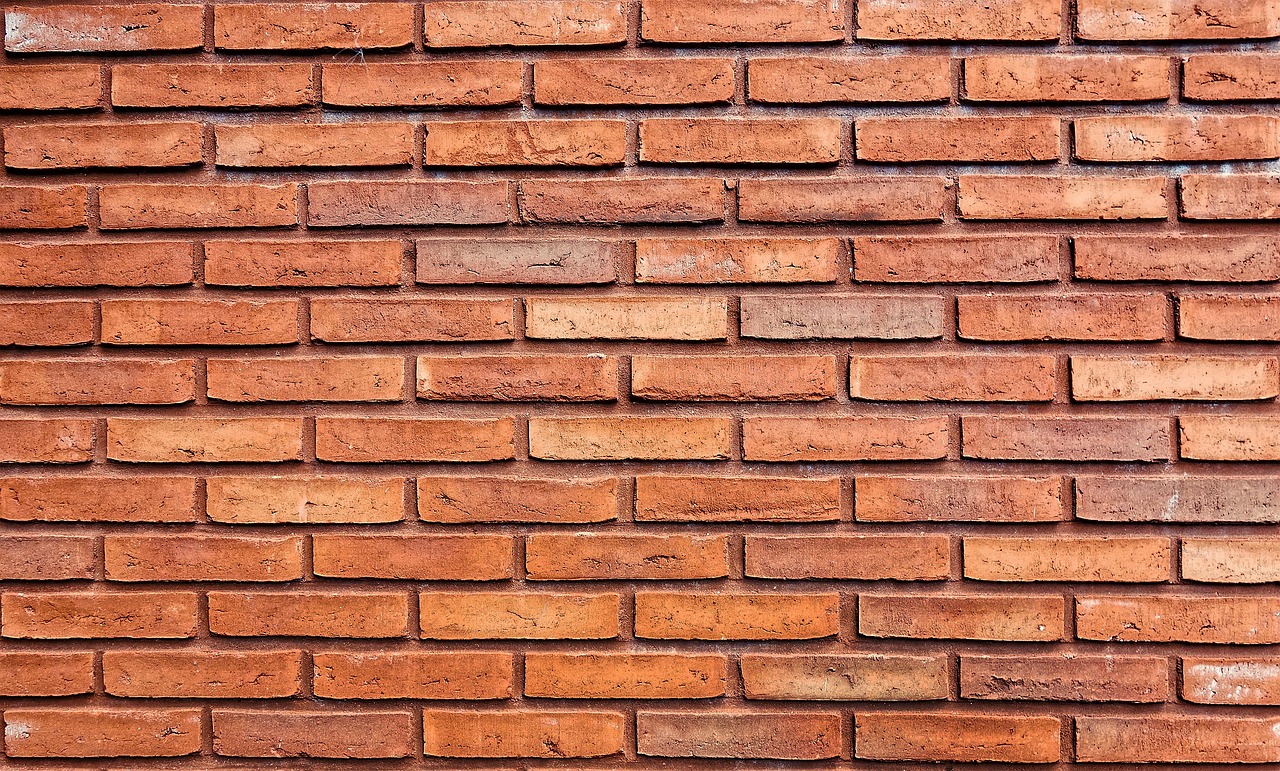
2.1.1 Color Theory in Fabric Selection
When it comes to creating a stunning fabric collage tapestry, understanding color theory is your secret weapon. Color theory isn't just about picking pretty shades; it’s about creating a visual symphony that resonates with the viewer. Imagine walking into a room where the colors of your tapestry evoke feelings of warmth, calm, or excitement—this is the power of color!
To start, you’ll want to familiarize yourself with the color wheel, which is a helpful tool that illustrates how colors relate to one another. Here are some key concepts to consider:
- Complementary Colors: These are colors that sit opposite each other on the color wheel, like blue and orange. When paired, they create a vibrant contrast that can really make your tapestry pop.
- Analogous Colors: These are colors that sit next to each other, such as blue, blue-green, and green. Using analogous colors can create a harmonious and serene look, perfect for a calming tapestry.
- Triadic Colors: This scheme involves three colors that are evenly spaced around the color wheel, such as red, yellow, and blue. This combination can bring energy and balance to your design.
When selecting fabrics, consider the emotions you want to convey. For instance, warm colors like reds and yellows can evoke feelings of warmth and happiness, while cool colors like blues and greens can promote tranquility. Think about the mood of the room where your tapestry will hang—do you want it to feel cozy, lively, or serene?
Additionally, don’t forget about the intensity and saturation of colors. A bright, saturated color can draw attention and add excitement, while muted tones can provide a more subdued, sophisticated feel. Balancing these elements is crucial; too many bright colors can overwhelm, while too many muted tones can make your tapestry feel flat.
In summary, color theory is not just an art; it’s a science that can transform your fabric collage tapestry from ordinary to extraordinary. By understanding how colors interact, you can create a visually stunning piece that reflects your style and enhances your space.
Q: What is the best way to start choosing colors for my tapestry?
A: Begin with a color wheel and select a color scheme that resonates with the mood you want to create. Experiment with different combinations until you find one that feels right.
Q: Can I mix different fabric patterns in my tapestry?
A: Absolutely! Mixing patterns can add depth and interest. Just ensure that the colors complement each other to maintain a cohesive look.
Q: How do I know if my colors are well-balanced?
A: A good rule of thumb is to step back and view your tapestry from a distance. If your eye is drawn to one area too much, consider adjusting the colors or patterns to achieve better balance.
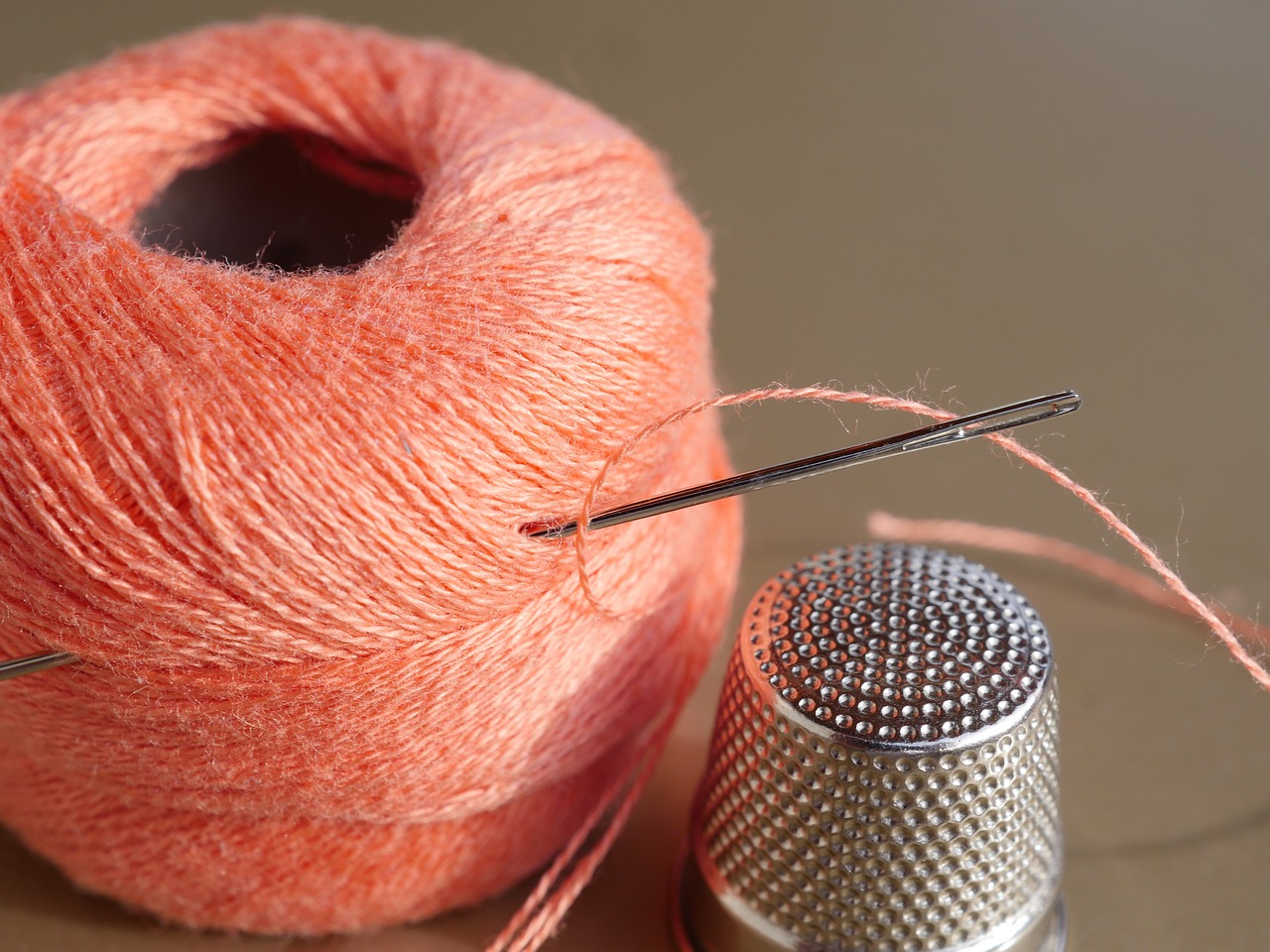
2.1.2 Textures and Patterns
When it comes to creating a stunning fabric collage tapestry, the importance of textures and patterns cannot be overstated. These elements are like the spices in a recipe; they can transform a bland dish into something extraordinary. Imagine walking into a room where the walls are adorned with a tapestry that feels alive, bursting with energy and character. That's the magic of mixing different textures and patterns!
First off, let’s talk about textures. Using a variety of textures can add depth and dimension to your tapestry. Consider combining smooth silks with rough burlap, or soft cottons with coarse linens. This contrast not only makes your tapestry visually appealing but also invites touch. When someone runs their fingers over the fabric, they should feel the different sensations, creating an interactive experience. Think of it as a tactile journey for your guests!
Next, we dive into patterns. Patterns can either harmonize or create a delightful clash, depending on how you use them. For instance, pairing a bold geometric print with delicate florals can create a stunning visual dialogue. But remember, balance is key! You wouldn’t want your tapestry to look like a chaotic jumble of fabrics. Instead, aim for a cohesive design by selecting patterns that complement each other. A good rule of thumb is to choose one dominant pattern and then select a couple of supporting patterns that echo its colors or shapes.
Here’s a quick breakdown of how to effectively mix textures and patterns:
- Start with a Base: Choose a neutral fabric as your base. This will ground your tapestry and allow the other fabrics to shine.
- Layering: Layer fabrics of varying textures. Start with a large piece, then add smaller pieces on top.
- Color Coordination: Select fabrics that share a color palette. This will help unify the different textures and patterns.
- Experiment: Don’t be afraid to try out different combinations. Sometimes, the most unexpected pairings can lead to the most beautiful results!
In conclusion, the interplay of textures and patterns in your tapestry can create a captivating visual story. It’s all about experimenting and finding the right balance that resonates with your personal style. So, gather your fabrics, let your creativity flow, and prepare to craft a tapestry that’s not just a decoration, but a conversation starter!
Q: How do I choose the right textures for my tapestry?
A: Start by considering the overall feel you want to achieve. Mix soft and rough textures for contrast, and ensure they complement each other in terms of color and pattern.
Q: Can I use patterns that clash?
A: Yes! Clashing patterns can create a unique and dynamic look. Just ensure that there’s a common color or theme to tie them together.
Q: What’s the best way to secure my fabric pieces?
A: You can use fabric glue, sewing techniques, or even staples to secure your fabric pieces. Just make sure they’re securely attached to avoid any mishaps!
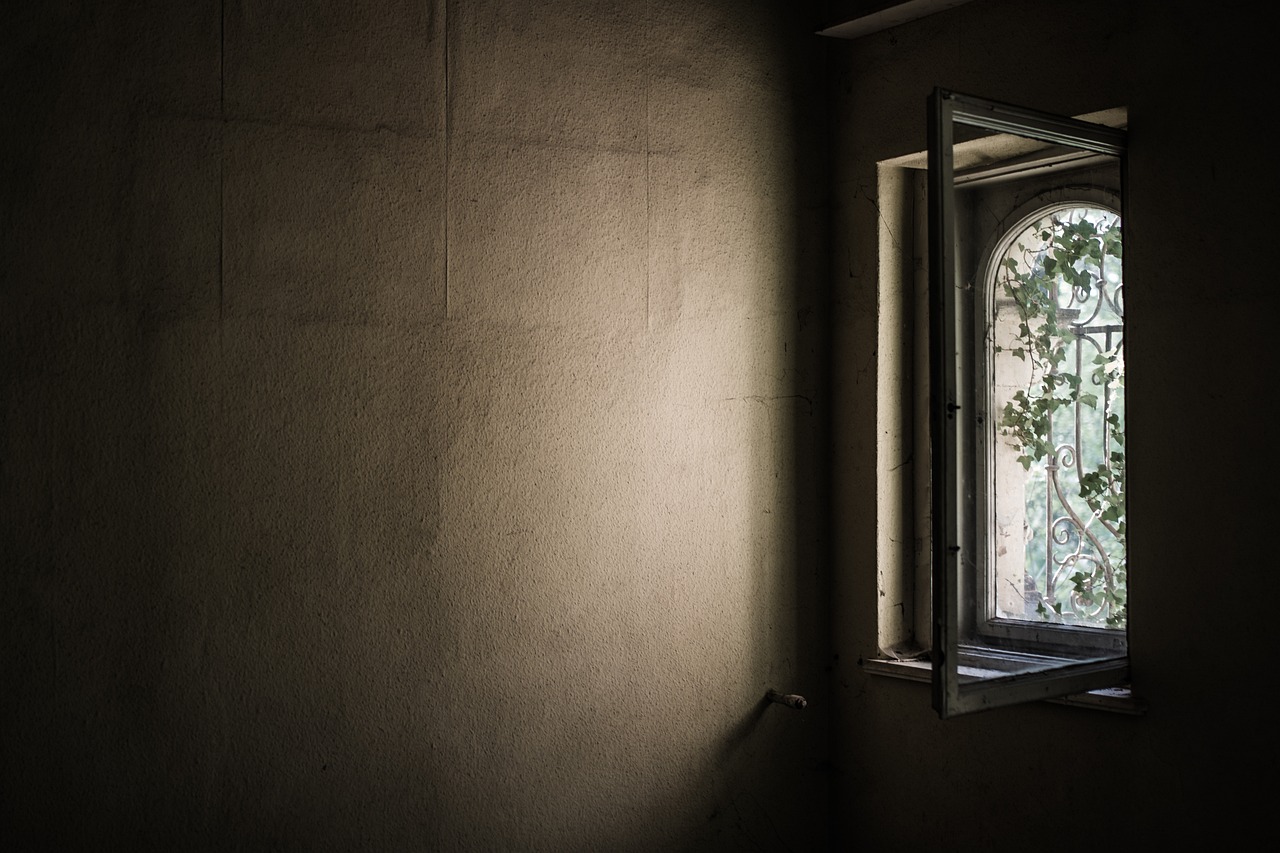
2.2 Arranging Your Collage
Arranging your fabric collage is like piecing together a beautiful puzzle; it’s all about finding the right fit and balance. The layout can make or break your tapestry, so take your time and experiment with different configurations before making anything permanent. Start by laying out your fabric pieces on the floor or a large table. This gives you a great visual perspective and allows you to see how different colors and textures interact with one another.
One effective technique is to begin with a central focal point. This could be a larger piece of fabric or a unique textile that draws the eye. From there, you can build outward, layering smaller pieces around it. Think of it like creating ripples in water; the focal point is the stone that causes the ripples, and the surrounding fabrics are the waves that radiate outwards. Don’t be afraid to mix and match different shapes and sizes; asymmetry can add a dynamic quality to your tapestry.
When you’re satisfied with the layout, consider how you’ll secure the fabrics. You might use fabric glue, sewing, or even a combination of both. If you’re going for a more temporary look, try using fabric tape or pins to hold everything in place while you finalize your design. Remember, the goal is to create a cohesive look, so pay attention to how the colors and patterns interact across the tapestry. Here are a few tips to keep in mind:
- Balance is Key: Distribute colors and patterns evenly throughout the tapestry to avoid any one area feeling too heavy.
- Layering Techniques: Use layering to create depth; larger pieces can act as a backdrop for smaller, more intricate fabrics.
- Negative Space: Don’t underestimate the power of negative space. Leaving some areas bare can help your collage breathe and make the colors pop.
Lastly, take a step back and view your arrangement from different angles. Sometimes, a fresh perspective can reveal new ideas or adjustments that will enhance your design further. Once you’re happy with the arrangement, it’s time to secure everything in place and make your tapestry a permanent fixture on your wall!
Q1: How do I choose fabrics for my collage tapestry?
A1: When selecting fabrics, consider a mix of textures and colors that complement each other. Look for fabrics that share a common theme or color palette to create a cohesive look.
Q2: Can I use non-fabric materials in my tapestry?
A2: Absolutely! Feel free to incorporate non-fabric elements like lace, burlap, or even paper for added texture and interest.
Q3: What tools do I need to arrange my collage?
A3: Basic tools include fabric scissors, glue, pins, and a measuring tape. If you plan to sew, a sewing machine and thread will also be necessary.
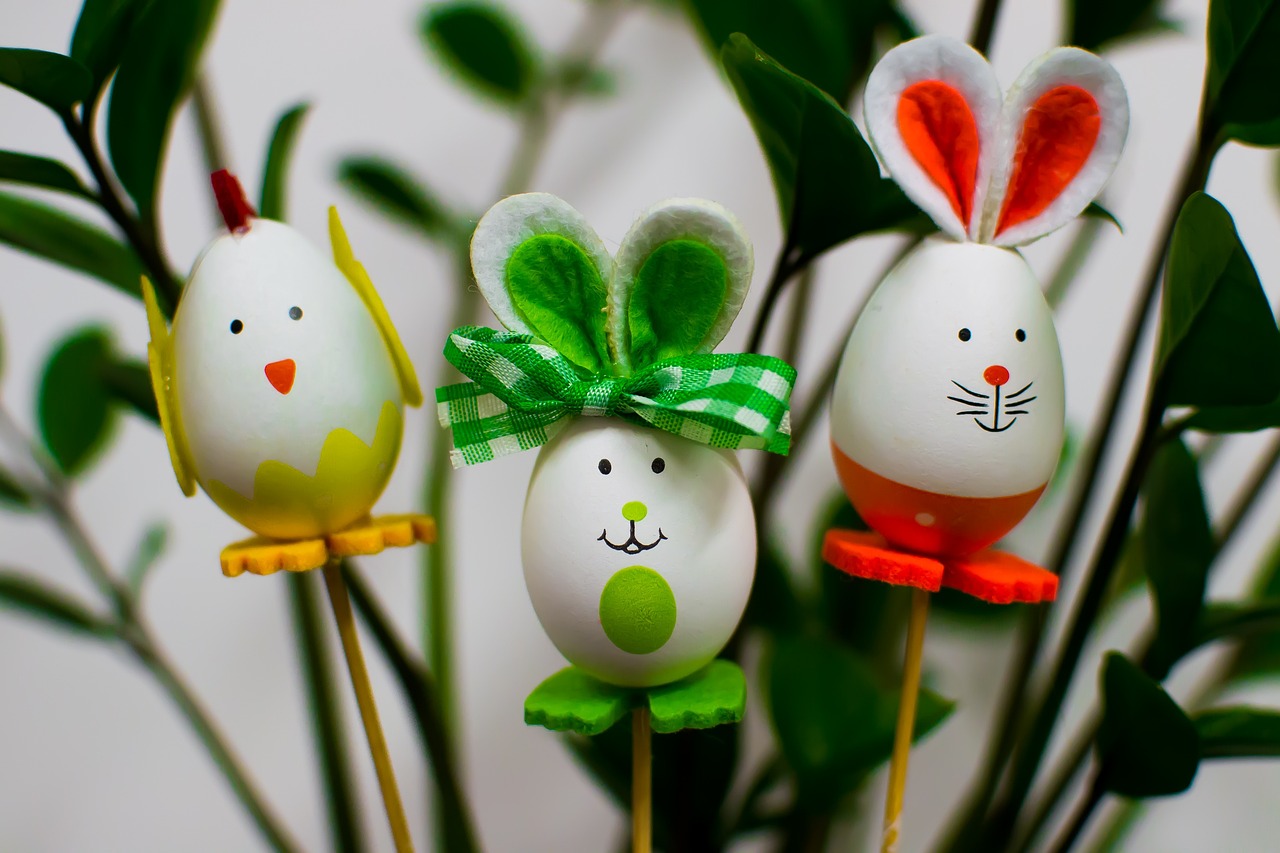
3. Nature-Inspired Tapestry
Bringing the beauty of nature indoors through a nature-inspired tapestry can transform your living space into a serene sanctuary. Imagine walking into a room where the calming essence of the outdoors envelops you. By incorporating elements like leaves, flowers, and even pressed plants into your tapestry designs, you create not just art, but a vibrant connection to the natural world. This approach is not only visually appealing but also promotes a sense of tranquility and peace in your home.
One of the most exciting aspects of creating a nature-inspired tapestry is the endless possibilities for design. You can opt for a minimalist approach, showcasing a single large leaf or flower, or go for a more elaborate collage that features a variety of natural elements. The choice is yours! The key is to let your creativity flow, allowing the textures and colors of nature to guide your artistic vision.
Natural dyes can elevate your tapestry, giving it a unique and organic look that synthetic dyes simply can't replicate. Think about the deep greens of spinach, the rich reds of beet juice, or the sunny yellows of turmeric. These natural sources not only add color but also tell a story of sustainability. By using plants and flowers for dyeing, you’re embracing eco-friendly practices that reflect a deep respect for nature.
To get started with natural dyes, you might want to explore a few common plants and their dyeing capabilities:
| Plant | Dye Color | Method |
|---|---|---|
| Avocado Pits | Soft Pink | Simmer in water |
| Turmeric | Bright Yellow | Simmer in water |
| Red Cabbage | Blue to Purple | Simmer with vinegar |
| Beetroot | Deep Red | Simmer in water |
Experimenting with these natural dyes can be a fun and rewarding process. You might even find that the dyeing process itself becomes a meditative practice, allowing you to connect with nature on a deeper level.
Incorporating natural textures like wood, jute, or even stones can further enhance the aesthetic of your tapestry. These elements add depth and tactile interest that draws the eye and invites touch. For instance, using a jute backing can give your tapestry a rustic feel, while wooden dowels can serve as a unique frame that complements the organic theme.
Think about how you can blend these textures into your design. Perhaps you could weave in strips of burlap for a rough, earthy touch or attach small twigs to create a three-dimensional effect. The goal is to create a tapestry that not only looks beautiful but also feels alive with the essence of nature.
Ultimately, a nature-inspired tapestry is more than just decoration; it’s a celebration of the beauty that surrounds us. So, gather your materials, unleash your creativity, and let the wonders of the natural world inspire your next masterpiece!
Q1: What materials do I need to create a nature-inspired tapestry?
A: You will need a base fabric (like canvas or linen), natural dyes, various natural elements (leaves, flowers, etc.), and tools for securing and arranging these elements.
Q2: How do I preserve the natural elements I want to use?
A: You can press flowers and leaves between heavy books or use a flower press. For longer-lasting results, consider drying them in silica gel.
Q3: Can I wash my nature-inspired tapestry?
A: It's best to avoid washing natural-dyed fabrics frequently. Spot clean gently with a damp cloth to maintain the integrity of the colors.
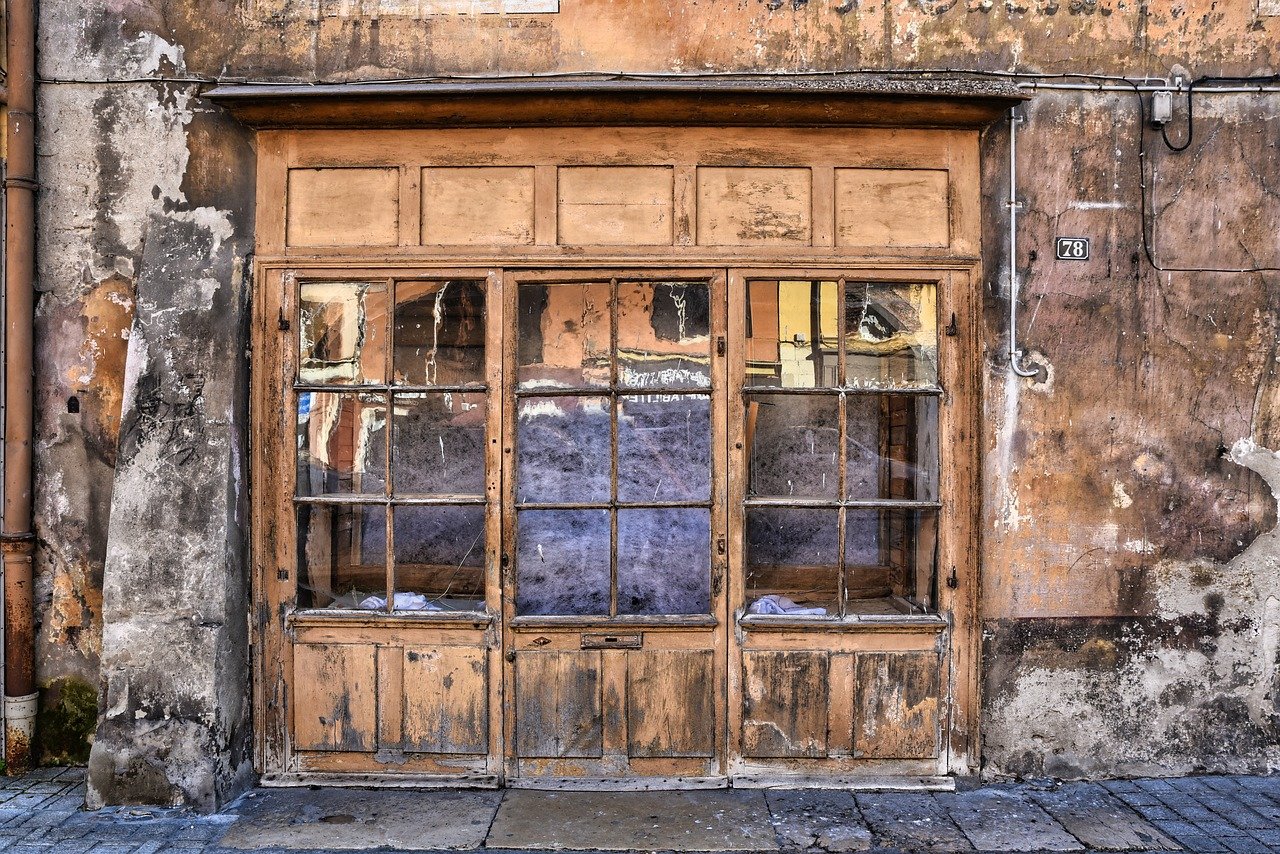
3.1 Using Natural Dyes
Using natural dyes in your tapestry projects can truly elevate your artwork, giving it a unique and organic feel that synthetic dyes simply can't replicate. Imagine creating a tapestry with colors derived from the earth—it's not just a craft; it's a connection to nature. Natural dyes come from a variety of sources, including plants, fruits, and even insects, making the process both sustainable and rewarding.
One of the most appealing aspects of natural dyes is their ability to create a palette that feels authentic and rich. For example, yellow can be obtained from turmeric, while deep reds can come from madder root. The beauty of using these dyes lies in the subtle variations they offer, as no two dye batches will ever be exactly the same. This unpredictability adds character to your tapestry, making it a one-of-a-kind piece that tells a story.
To get started with natural dyes, you’ll need to gather your materials. Here’s a quick overview of some common natural dye sources and the colors they produce:
| Plant Source | Color Produced |
|---|---|
| Turmeric | Yellow |
| Madder Root | Red |
| Indigo | Blue |
| Avocado Pits | Pink |
| Onion Skins | Orange |
Once you have your dye sources, the process typically involves extracting the dye by boiling the plant material in water and then using that liquid to soak your fabric. This method not only imparts color but also allows the fabric to absorb the essence of the plant, creating a deeper connection to the natural world.
However, the journey doesn’t end there! After dyeing, you may want to set the color to ensure its longevity. This can be done using a mordant, which is a substance that helps the dye bond with the fabric. Common mordants include alum and iron, each providing different effects on the final color and texture.
Incorporating natural dyes into your tapestry projects isn't just about aesthetics; it’s about embracing a sustainable practice that honors the environment. By choosing natural materials, you’re not only creating beautiful art but also contributing to a more eco-friendly world. So, why not dive into the world of natural dyes and let your creativity blossom?
- What are natural dyes made from? Natural dyes are derived from various sources, including plants, fruits, and insects.
- Are natural dyes safe to use? Yes, natural dyes are generally safe; however, it’s important to use proper mordants and follow guidelines to ensure safety.
- How long do natural dyes last? Natural dyes can last a long time, especially if proper dyeing and setting techniques are used.
- Can I use natural dyes on any fabric? Most natural dyes work well on natural fibers like cotton, linen, and wool.

3.2 Incorporating Natural Textures
When it comes to creating a stunning tapestry, natural textures can truly elevate your design and bring a sense of the outdoors into your home. Imagine the rustic charm of wooden elements or the earthy feel of jute intertwined with your fabric choices. These materials not only add depth but also tell a story, connecting your artwork to nature.
One of the easiest ways to incorporate natural textures is by using woven materials. Think about adding strips of burlap or even delicate strands of sisal to your tapestry. These materials have a unique feel and can create a beautiful contrast against softer fabrics like cotton or linen. The roughness of jute, for instance, can balance the smoothness of silk, creating an engaging visual experience.
Another fantastic idea is to include pressed leaves or dried flowers as part of your tapestry design. These elements can be strategically placed throughout your piece, adding a pop of color and a sense of organic beauty. Not only do they enhance the aesthetic, but they also bring a little bit of the outdoors inside, making your tapestry feel alive.
Here are a few tips to effectively incorporate natural textures into your tapestry:
- Layering: Combine different materials to create a rich, textured look. For example, layering a soft fabric with a rougher texture can add dimension.
- Color Harmony: Ensure that the colors of your natural textures complement the rest of your tapestry. Earthy tones often work well with vibrant fabrics.
- Placement: Think about where to place your natural elements. They can serve as focal points or subtle accents, depending on your overall design.
Incorporating natural textures is not just about aesthetic appeal; it’s also about creating a tactile experience. When people touch your tapestry, they should feel the different textures and be transported to a serene, natural setting. This sensory engagement can make your wall art feel more dynamic and alive.
Finally, don’t shy away from experimenting! The beauty of DIY projects is that you have the freedom to try new things. Mix and match different textures until you find the perfect combination that resonates with you. Remember, your tapestry is a reflection of your personality and style, so let your creativity shine!
1. What materials can I use to create natural textures in my tapestry?
You can use a variety of materials such as burlap, jute, sisal, pressed leaves, dried flowers, and even wooden elements to add natural textures to your tapestry.
2. How do I ensure that the textures I choose will complement my tapestry?
Consider the color harmony and layering techniques. Choose textures that not only look good together but also create a balance in terms of softness and roughness.
3. Can I use natural elements that are not fabric-based?
Absolutely! Incorporating non-fabric elements like twigs, stones, or even feathers can add unique dimensions and stories to your tapestry.
4. How can I preserve the natural elements in my tapestry?
To preserve natural elements like pressed leaves or dried flowers, ensure they are properly dried and sealed. You can use a fabric glue or a clear sealant to protect them from wear and tear.
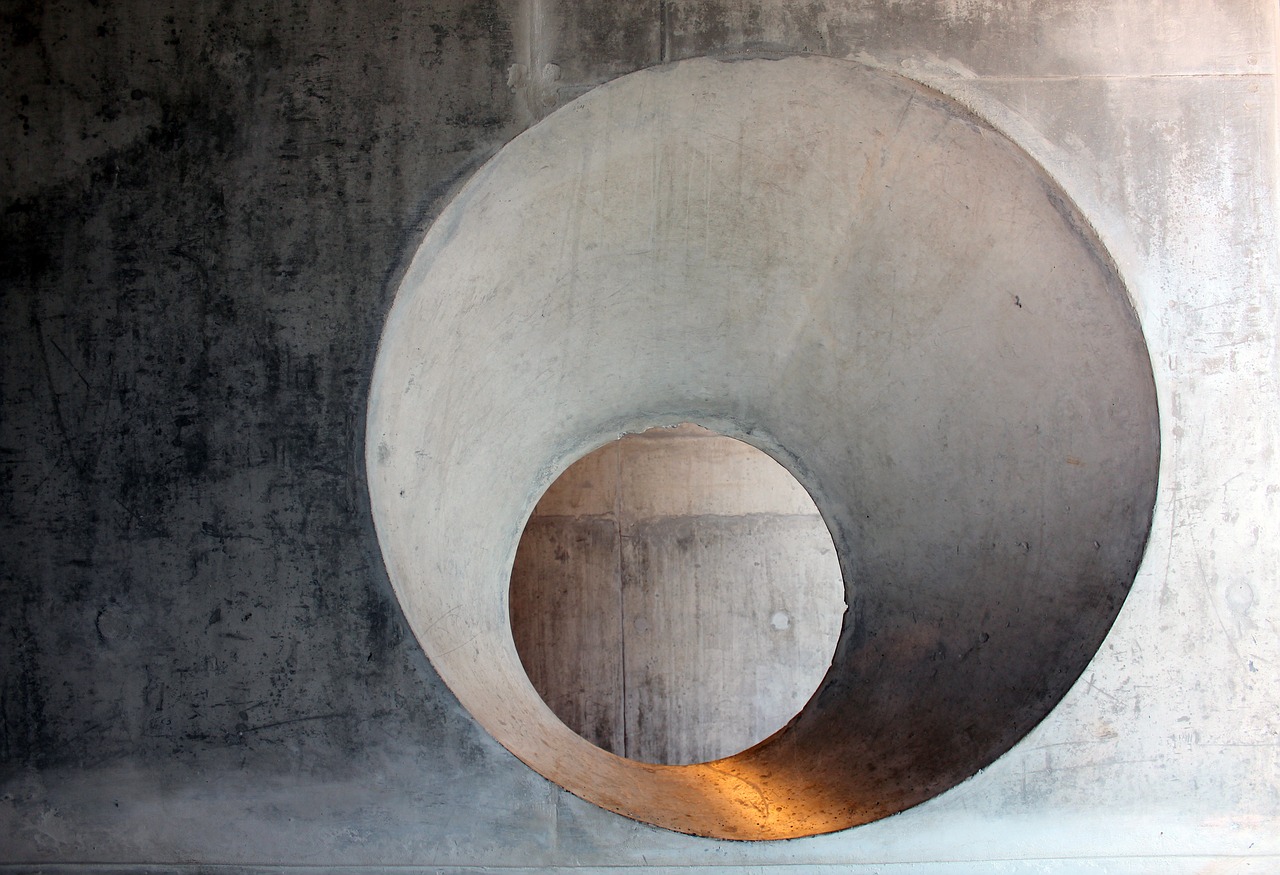
4. Painted Canvas Tapestry
Creating a painted canvas tapestry is like unleashing a flood of creativity right onto your walls! Imagine transforming a blank canvas into a vibrant piece of art that reflects your personality and style. The beauty of painted tapestries lies in their versatility; you can express your artistic vision in countless ways. Whether you prefer bold, abstract designs or intricate illustrations, the canvas is your playground. And the best part? You don’t need to be a professional artist to create something stunning!
First things first, let’s talk about the techniques and tools you’ll need. A few essential items will set you on the right path:
- Canvas or fabric of your choice
- Fabric paints or acrylic paints
- Brushes in various sizes
- Palette for mixing colors
- Protective covering for your workspace
Once you have your materials ready, the next step is to choose the right paints. This is crucial because the type of paint will determine the durability and vibrancy of your tapestry. Fabric paints are specifically designed to adhere to textiles, ensuring that your artwork remains vibrant even after washing. On the other hand, acrylic paints can also be used, but you’ll need to apply a fabric medium to achieve a similar effect. So, consider your options carefully!
Now, let’s dive into some design ideas for your painted tapestry. Here are a few concepts to spark your imagination:
- Abstract Patterns: Use bold colors and dynamic shapes to create an eye-catching piece that draws attention.
- Nature Scenes: Paint tranquil landscapes or vibrant floral designs to bring a touch of the outdoors inside.
- Inspirational Quotes: Combine text with artistic elements to create a tapestry that uplifts and motivates.
Feeling inspired yet? Remember, the key to a successful painted tapestry is to have fun and let your creativity flow. Don’t be afraid to experiment with different techniques, such as layering colors or using stencils for precision. The more you practice, the more your unique style will emerge!
In conclusion, a painted canvas tapestry is not just a decorative piece; it’s a reflection of who you are. So grab your brushes, unleash your inner artist, and transform your living space into a gallery of your own creation!
Q: Do I need to prime the canvas before painting?
A: Priming is not necessary, but it can help the paint adhere better and improve the overall finish. If you're using fabric, a fabric medium can be added to your acrylic paints for better results.
Q: How do I care for my painted tapestry?
A: To maintain the vibrancy of your tapestry, avoid direct sunlight. If needed, you can gently spot clean with a damp cloth. For fabric paints, check the manufacturer's instructions for washing guidelines.
Q: Can I use regular acrylic paint on fabric?
A: Yes, but make sure to mix it with a fabric medium to ensure it stays flexible and adheres well to the fabric. This will prevent cracking and fading over time.
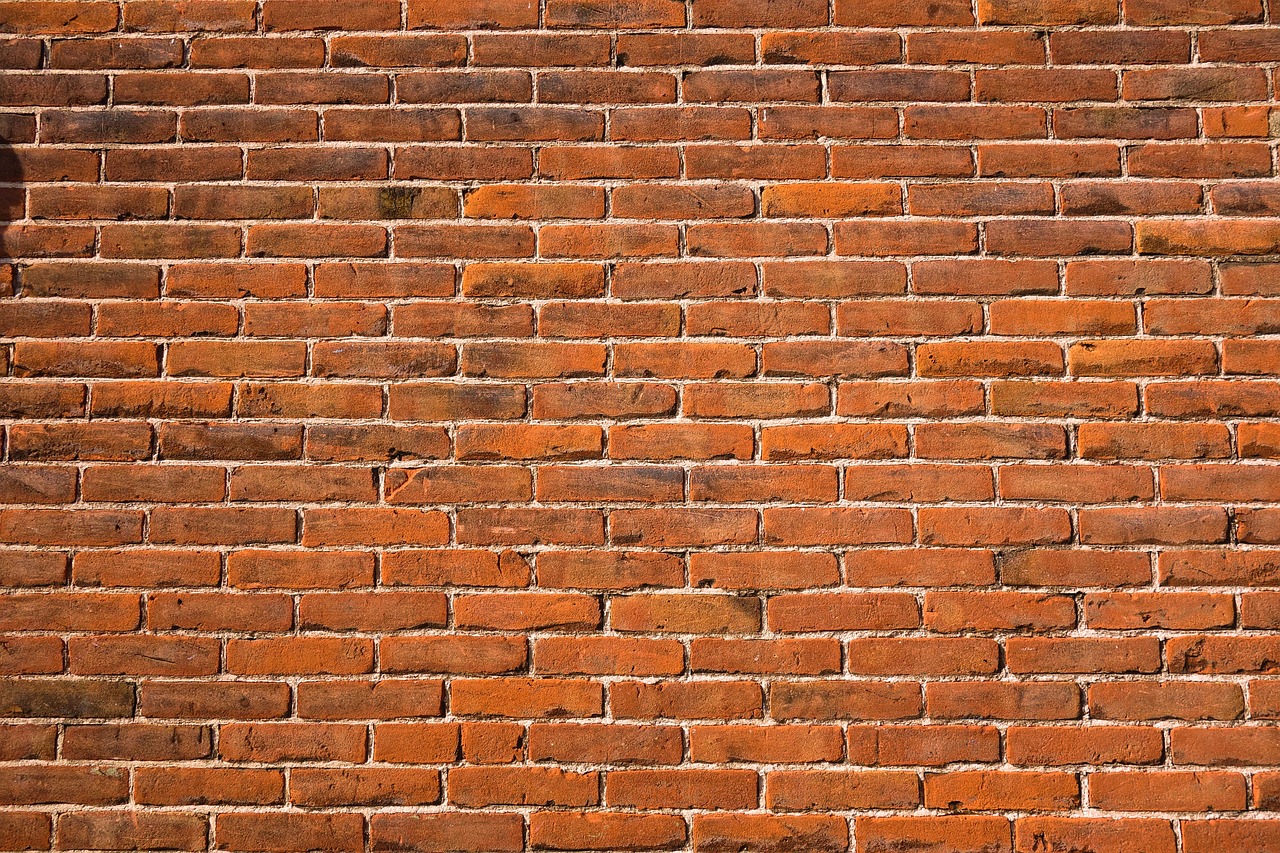
4.1 Choosing the Right Paints
When it comes to creating your own painted canvas tapestry, choosing the right paints is crucial for achieving the desired look and durability. Not all paints are created equal, and understanding the differences can make a significant difference in the outcome of your project. For instance, you might be torn between using fabric paints and acrylic paints. Fabric paints are specifically designed to adhere to textiles, providing flexibility and durability, which is essential if you plan to hang your tapestry in a high-traffic area or wash it in the future. On the other hand, acrylic paints offer vibrant colors and a wide range of finishes, but they can become stiff once dry, potentially compromising the fabric's softness.
Another factor to consider is the finish of the paint. Do you want a matte look, or are you leaning towards something glossy? Each finish will give your tapestry a different vibe. If you're going for a more natural, bohemian feel, matte paints might be the way to go, while glossy finishes can add a modern touch. Additionally, don’t forget about color mixing. Experimenting with different shades can lead to unique hues that reflect your personal style. A good practice is to create a small color swatch on a scrap piece of fabric before committing to your final design.
For those who are environmentally conscious, consider using eco-friendly paints. These paints are made from natural ingredients and are free from harmful chemicals, making them a safer choice for both your health and the environment. They may also have a different application method or drying time compared to traditional paints, so make sure to read the instructions carefully.
To help you get started, here’s a quick comparison of the two main types of paints:
| Type of Paint | Best For | Durability | Flexibility |
|---|---|---|---|
| Fabric Paints | Textiles, Clothing | High | High |
| Acrylic Paints | Canvas, Decorative Art | Medium | Low |
In summary, the right paint choice can elevate your tapestry from ordinary to extraordinary. Take your time to experiment with different types, finishes, and colors to find what resonates with your artistic vision. Remember, the journey of creating is just as important as the final piece!
- Can I wash my painted tapestry? Yes, but be sure to use gentle cycles and cold water to preserve the paint and fabric.
- How do I prevent my paint from cracking? Ensure you use fabric paint or flexible acrylics and allow adequate drying time between layers.
- What tools do I need for painting my tapestry? Basic tools include brushes, sponges, and possibly stencils for more intricate designs.
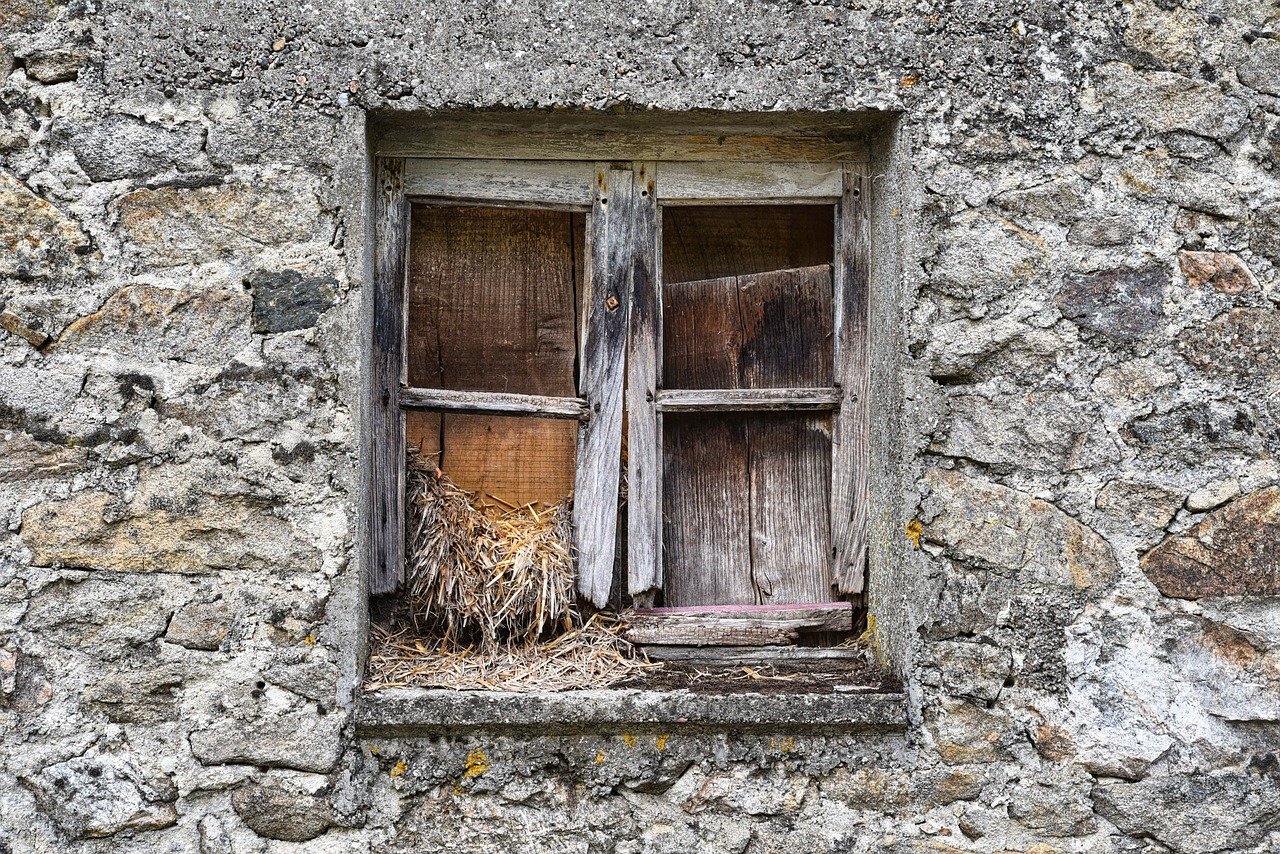
4.2 Design Ideas for Painted Tapestries
When it comes to creating your own painted tapestry, the possibilities are truly endless! You can unleash your inner artist and let your imagination run wild. Consider starting with abstract patterns that allow for free expression. Imagine swirling colors that blend together, creating a mesmerizing visual experience. This style is perfect for those who want to make a bold statement in their living space.
Another captivating idea is to create a nature-inspired design. Think about painting a serene landscape, complete with rolling hills, vibrant sunsets, or delicate flowers. These elements can bring a sense of tranquility and peace to your home, allowing you to feel connected to the outdoors, even when you’re inside. You can use soft pastels for a dreamy effect or vibrant colors for a more dynamic look.
If you're feeling adventurous, why not try your hand at geometric shapes? This modern approach can add a contemporary flair to your decor. You could create a series of overlapping triangles or circles in varying sizes and colors. The key here is to play with symmetry and balance, ensuring that your design is visually appealing. This style works particularly well in minimalist spaces, where the tapestry can serve as a focal point.
For those who love a touch of whimsy, consider painting a themed tapestry. You could choose a theme that resonates with you, such as a favorite book, movie, or even a beloved hobby. For instance, if you’re a fan of the ocean, you might paint waves, seashells, and marine life. This personal connection will not only make the tapestry unique but will also spark conversations with guests!
Lastly, don’t forget about the power of text and quotes. Incorporating inspiring words or phrases into your painted tapestry can add a meaningful touch. Choose a quote that motivates you or brings you joy, and consider using different fonts and colors to make it stand out. This can serve as a daily reminder of positivity and inspiration in your space.
Q: What type of paint should I use for my tapestry?
A: It's best to use fabric paint for durability, but acrylics can work as well if you set them properly. Just ensure you follow the manufacturer's instructions for the best results.
Q: How do I prepare my canvas for painting?
A: Make sure to wash and iron your fabric before painting to remove any dirt or wrinkles. This will create a smooth surface for your artwork.
Q: Can I use stencils for my painted tapestry?
A: Absolutely! Stencils are a great way to achieve precise designs and can add a professional touch to your tapestry.
Q: How can I hang my painted tapestry?
A: You can use wooden dowels, a curtain rod, or even decorative clips to hang your tapestry. Just ensure it's securely fastened to avoid any accidents!

5. Upcycled Tapestry Projects
Upcycling is not just a trend; it's a lifestyle choice that encourages creativity and sustainability. When it comes to upcycled tapestry projects, the possibilities are endless! Imagine transforming old textiles into stunning wall art that not only beautifies your space but also tells a story of renewal and resourcefulness. Whether you have a stash of fabric scraps or old clothes gathering dust in your closet, you can create something beautiful while being kind to the planet.
One of the most exciting aspects of upcycling is the thrill of discovery. As you rummage through your belongings or visit thrift stores, you might find unexpected treasures. Old tablecloths, vintage bed sheets, and even worn-out jeans can all be repurposed into unique tapestries. Think of your upcycled tapestry as a canvas where every piece has a history and a purpose. As you combine various elements, you’re not just crafting art; you’re weaving together memories and experiences.
To get started with your upcycled tapestry, here are some techniques you might consider:
- Patching: Sew together different fabric pieces to create a vibrant mosaic. This technique allows you to play with colors, patterns, and textures, resulting in a tapestry that's rich in visual interest.
- Weaving: Use strips of fabric to weave a tapestry that highlights the beauty of each material. This method can be both meditative and rewarding, as you watch your design come to life.
- Quilting: Combine layers of fabric to create a textured tapestry. Quilting can add depth and warmth, making your wall hanging not just a piece of art but also a conversation starter.
Now, let’s dive into the process of sourcing materials for your upcycled tapestry. You might be surprised at where you can find potential fabric:
| Source | What to Look For |
|---|---|
| Thrift Stores | Old clothes, table linens, and fabric remnants |
| Friends and Family | Unused textiles or items they no longer want |
| Craft Supply Stores | Discounted fabric scraps and remnants |
Once you’ve gathered your materials, the next step is to decide on a cohesive design. This is where your artistic flair comes into play! Think about how you can blend different colors and textures for a harmonious look. You might want to sketch out a few ideas or simply lay out your fabrics until you find a combination that resonates with you. Remember, the beauty of upcycling lies in its imperfections; embrace the quirks and uniqueness of each piece.
When it comes to securing your fabrics, consider using a combination of sewing, gluing, or even tying. Each method brings its own charm and can affect the overall aesthetic of your tapestry. For instance, a sewn tapestry may appear more polished, while a tied one can give off a bohemian vibe. The choice is yours!
In conclusion, upcycled tapestry projects not only allow you to express your creativity but also contribute to a more sustainable lifestyle. So, gather your materials, unleash your imagination, and start crafting a tapestry that reflects your personality and values. Who knows? You might just create a masterpiece that sparks joy and inspires others!
Q: What types of materials can I use for upcycled tapestries?
A: You can use a variety of materials, including old clothes, table linens, fabric scraps, and even items like curtains or upholstery fabric. The key is to look for textiles that you can repurpose creatively.
Q: Do I need special tools for creating upcycled tapestries?
A: While basic sewing tools like needles, thread, and scissors are helpful, you can also use fabric glue, a hot glue gun, or even a weaving loom, depending on the technique you choose.
Q: Can I wash my upcycled tapestry?
A: Yes, but it’s important to check the care instructions for each fabric used. Hand washing is often recommended to preserve delicate materials, while sturdier fabrics may be machine washable.
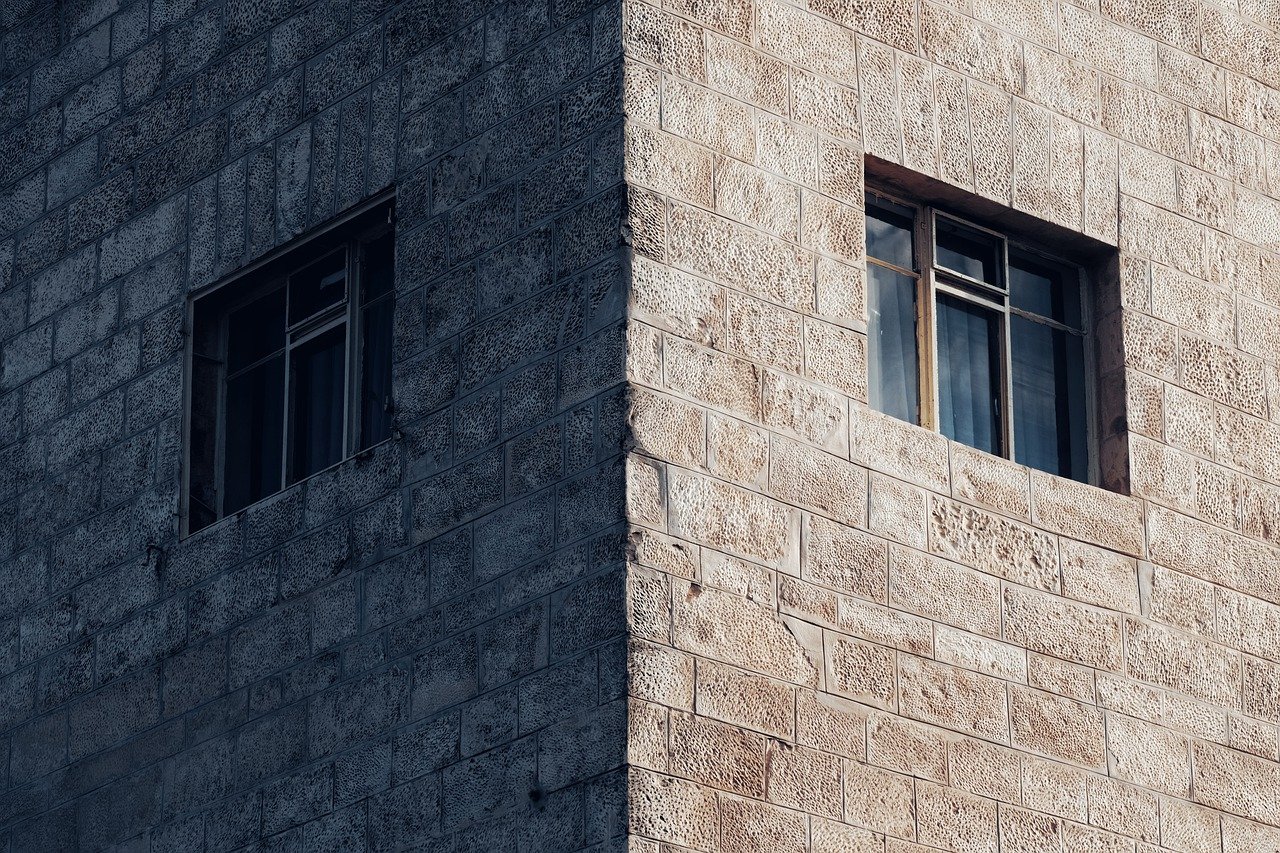
5.1 Sourcing Materials
Sourcing materials for your upcycled tapestry projects can be an exhilarating adventure, akin to a treasure hunt where every find has the potential to become a piece of art. The beauty of using upcycled materials is that you can give new life to items that might otherwise end up in a landfill. Start by rummaging through your own home—old curtains, tablecloths, or even discarded clothing can serve as fantastic bases for your tapestry. You might be surprised at what you can find just lying around!
But don’t stop there! Explore local thrift stores, garage sales, and flea markets. These places are often brimming with hidden gems waiting to be transformed. Look for:
- Vintage fabrics like lace or denim
- Old bed sheets or pillowcases
- Scraps from previous sewing projects
- Decorative items such as doilies and embroidered patches
Additionally, consider reaching out to friends and family. They may have items they no longer use, and you could end up with a unique mix of textiles that tell a story. Social media platforms and local community groups can also be excellent resources for sourcing materials. You can join groups focused on crafting or upcycling, where members often share surplus materials or even organize swaps.
Another innovative way to source materials is by visiting local fabric stores that offer remnants or offcuts at discounted prices. These small pieces can be perfect for creating a patchwork tapestry that showcases a variety of colors and textures. Don't forget to keep an eye out for natural materials, such as twigs or leaves, which can add an organic touch to your tapestry.
Ultimately, the key to sourcing materials is to keep an open mind and let your creativity flow. The more diverse your materials, the more interesting your tapestry will become. Remember, each piece you choose has the potential to contribute to a beautiful, cohesive work of art that reflects your personal style and story.
Q: What types of materials can I use for an upcycled tapestry?
A: You can use a wide range of materials including old fabrics, clothing, linens, and even natural elements like leaves or twigs. The goal is to repurpose items that you already have or can find easily.
Q: Where can I find materials for my tapestry?
A: Look in your own home first, then explore thrift stores, garage sales, community groups, and fabric remnants from local stores. You can also ask friends and family for any unused textiles.
Q: How do I ensure my upcycled tapestry looks cohesive?
A: To create a cohesive look, focus on a color palette or theme. Try to choose fabrics and materials that complement each other in color and texture, and think about how they will work together in your design.
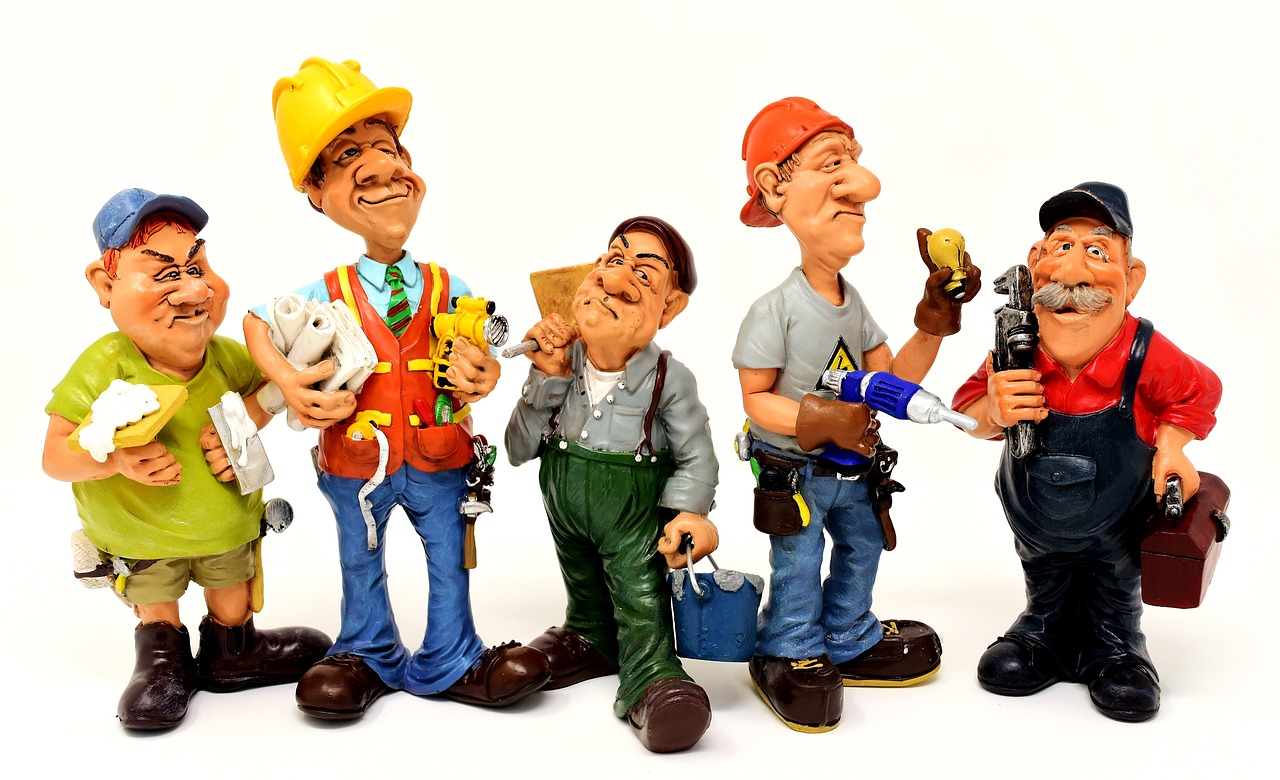
5.2 Techniques for Upcycling
Upcycling is not just about giving new life to old materials; it's about transforming them into something utterly unique and beautiful. When it comes to creating a stunning tapestry, there are several techniques you can employ to ensure your project is both sustainable and stylish. One popular method is patchwork sewing, which involves stitching together different fabric pieces. This technique allows you to mix and match various colors and patterns, creating a visually striking tapestry that tells a story of its own.
Another effective technique is weaving. You can use a simple loom or even your hands to interlace strips of fabric, yarn, or other materials. This method not only adds texture but also creates a dynamic visual effect that can make your tapestry a true focal point in any room. If you're feeling adventurous, consider experimenting with braiding or twisting fabric strips together. This can add a three-dimensional quality to your tapestry, making it pop off the wall.
For those who love a more artistic approach, fabric painting can be a fantastic technique. You can take old garments or fabric scraps and paint over them with fabric paint to create unique designs. This method allows for a lot of creativity, as you can incorporate abstract designs, quotes, or even detailed illustrations. Just be sure to follow the manufacturer's instructions for the best results, as the right paint can make all the difference in durability and vibrancy.
Don't forget about embellishments! Adding buttons, beads, or sequins can elevate your tapestry from simple to stunning. You can sew these decorative elements onto your fabric pieces before assembling your tapestry or incorporate them as you weave. The key is to balance embellishments with the overall design, ensuring they enhance rather than overwhelm your creation.
Lastly, consider the art of collage. This technique allows you to layer different materials, such as paper, fabric, and natural elements, to create a mixed-media tapestry. By combining various textures and colors, you can achieve a rich and intricate design that captures attention and sparks conversation. Remember, the beauty of upcycling lies in its flexibility, so don't be afraid to experiment and let your creativity shine!
- What materials can I use for upcycling my tapestry? You can use a variety of materials such as old clothes, fabric scraps, yarn, and even natural elements like leaves and twigs.
- Do I need special tools for upcycling? While some techniques may require specific tools like a sewing machine or loom, many can be done with basic supplies like scissors, needles, and thread.
- Can I wash my upcycled tapestry? Yes, but be sure to check the care instructions for the materials used. Some fabrics may require special handling.
- How can I ensure my tapestry lasts? Using durable materials and proper techniques, such as securing seams and using quality paints, can help extend the life of your tapestry.
Frequently Asked Questions
- What materials do I need to create a macramé wall tapestry?
To create a macramé wall tapestry, you'll need macramé cord, a wooden dowel or branch for hanging, scissors, and a measuring tape. Optional items include beads or other decorative elements to personalize your piece.
- How do I choose the right fabrics for a fabric collage tapestry?
Choosing the right fabrics involves considering texture, color, and pattern. Aim for a mix of materials that complement each other. Use a color wheel to find harmonious shades and balance bold prints with subtle fabrics for visual interest.
- Can I use natural dyes for my tapestry projects?
Absolutely! Natural dyes from plants like avocado pits, turmeric, or beetroot can create beautiful, eco-friendly colors for your tapestry. Just make sure to use a mordant to help the dye adhere to the fabric.
- What type of paint should I use for a painted canvas tapestry?
For painted canvas tapestries, fabric paints are ideal as they are designed to adhere to fabric and remain flexible after drying. Acrylic paints can also be used, but make sure to add a fabric medium to prevent cracking.
- How can I source materials for upcycled tapestry projects?
Sourcing materials for upcycled tapestries can be a fun treasure hunt! Look for fabric scraps at local thrift stores, check your own closet for old clothes, or visit garage sales. You’d be surprised at the gems you can find!
- What techniques can I use for upcycling materials into a tapestry?
There are several techniques for upcycling, including sewing, weaving, or knotting. You can also experiment with patchwork or layering different materials to create a unique and cohesive design that tells a story.



















